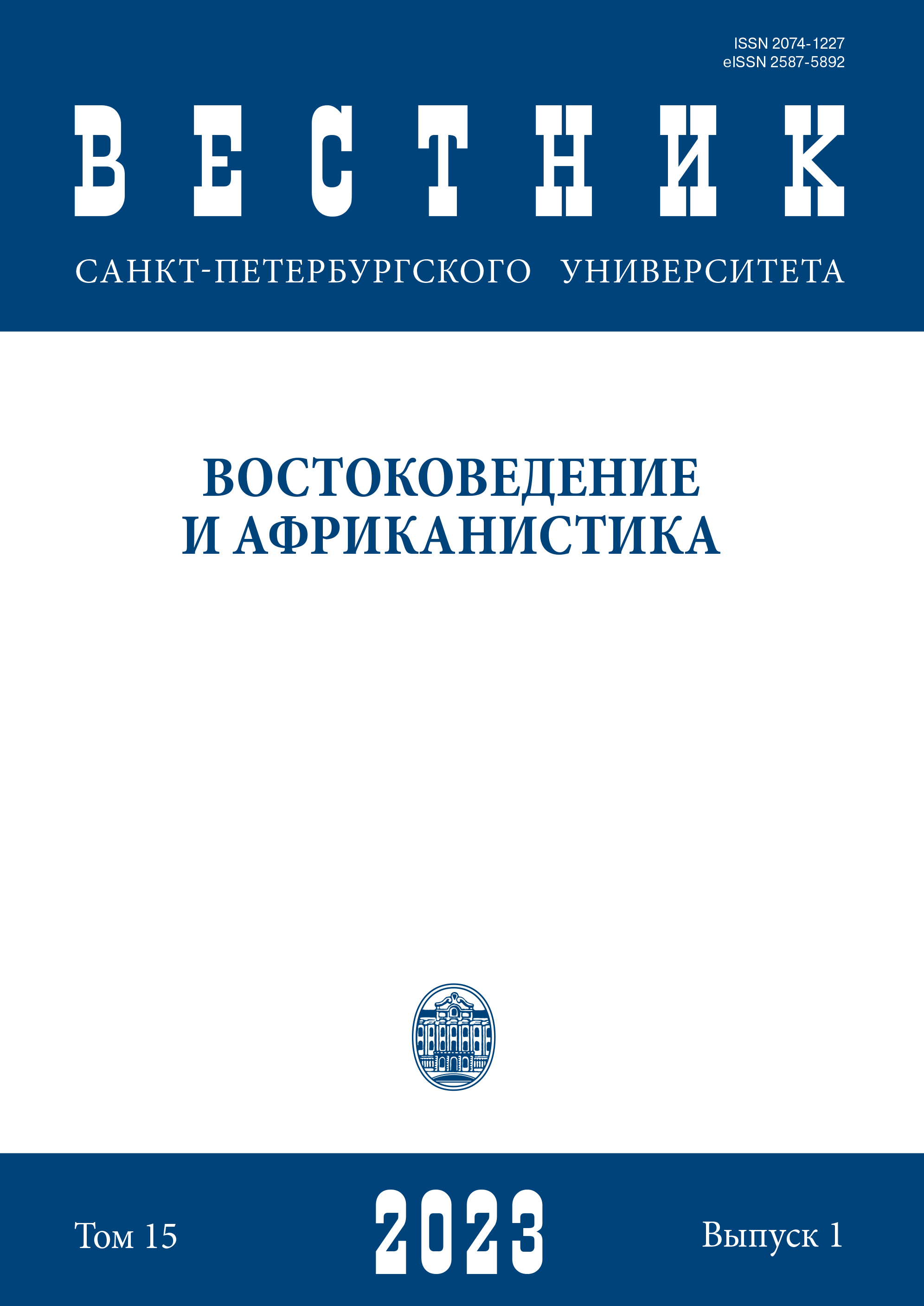Syntax of Mass Media Language in the Context of Historical Development of Turkish Literary Language
DOI:
https://doi.org/10.21638/spbu13.2023.105Abstract
In the history of Ottoman and modern Turkish literary languages, all the characteristic literary language features of pre-national and national periods respectively (processed, ordered,
selection of linguistic means, conscious regulation and codification, etc.) can be traced. The transition from the former to the latter at the beginning of the twentieth century occurred in
the form of a linguistic revolution, leading to fundamental changes at different language levels. This still active process is aimed at forming a language norm and creating means that meet the characteristics of individual functional areas of the literary language. Changes in vocabulary are more obvious, better studied and currently focused on creating new, Turkicbased lexemes to replace foreign borrowings. Syntactic changes, no less significant, aim to develop statement structure to facilitate adequate construction and understanding, while maintaining the features of the Turkic system, but these processes are not studied sufficiently. Active formation of the Turkish literary language takes place during a period of rapid development of the media — a functional sphere which occupies a special position due to its wide social base. According to several researchers, the current media language is considered representative of literary languages. This necessitates studying the trends in syntactic structure changes of the Turkish sentence, in order to trace general trends in the development of syntax diachronically, help create a general up-to-date picture of the syntax of the modern literary language, on the basis of a comparative analysis, to determine the main patterns in the development of Turkic syntax, and while teaching Turkish — to concentrate on students’ active acquisition of the most commonly used syntactic means.
Keywords:
Turkish literary language, mass media language, Turkic syntax
Downloads
References
Downloads
Published
How to Cite
Issue
Section
License
Articles of "Vestnik of Saint Petersburg University. Asian and African Studies" are open access distributed under the terms of the License Agreement with Saint Petersburg State University, which permits to the authors unrestricted distribution and self-archiving free of charge.





